Prune These 7 Plants In August To Prepare Them For Fall – And Get Another Flush Of Flowers Before Summer Ends
Grab your pruners! August is the ideal time to cut back these 7 types of plants so they're ready for fall. Plus, they may give your another round of blooms.

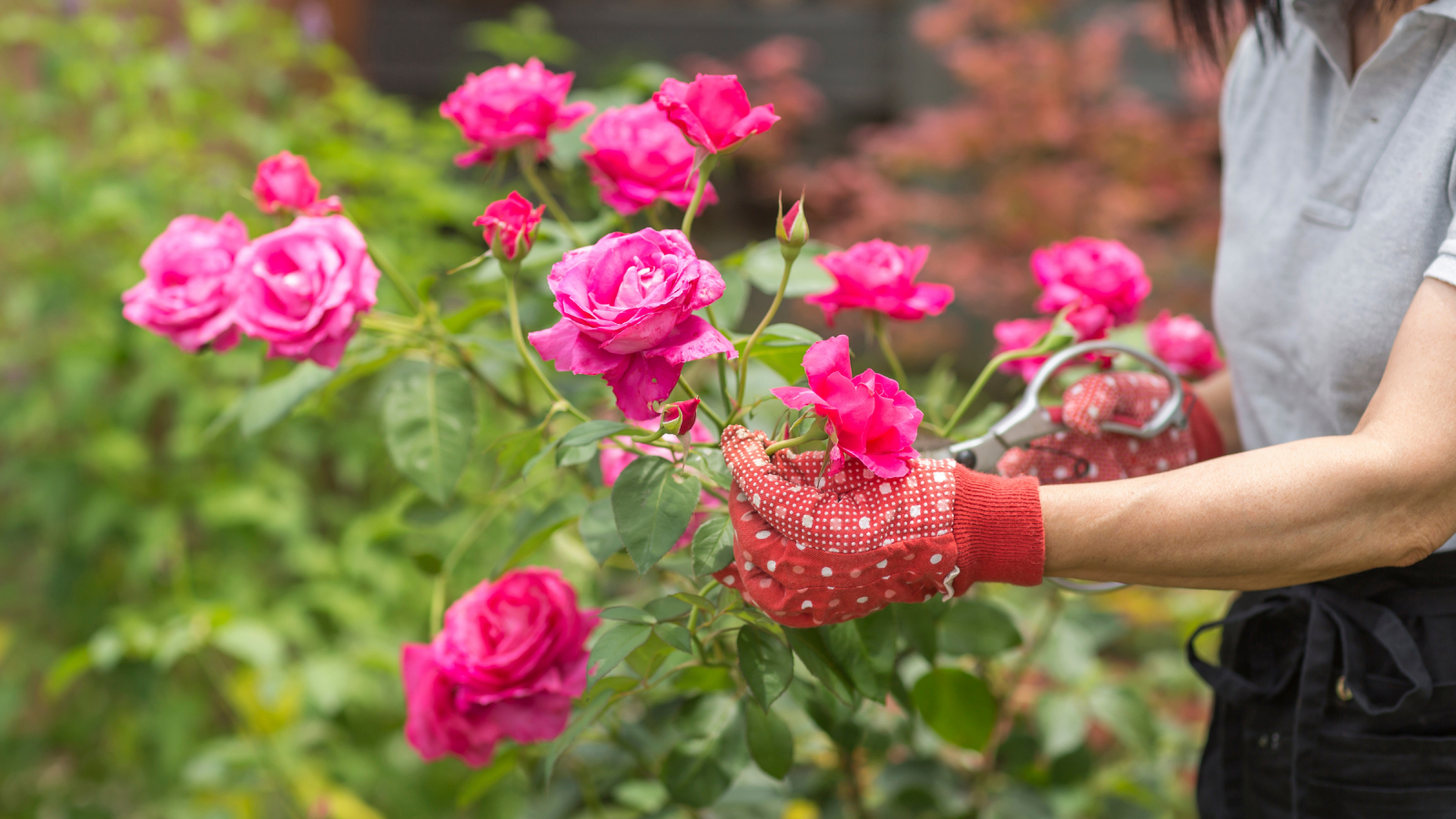
Late summer pruning makes for a lighter job than cutting back plants in late winter and early spring. Most trees and shrubs don’t require pruning at this time of year. That’s because trimming late in the season can stimulate new growth that will be vulnerable to cold fall and winter temperatures.
On the other hand, doing some light pruning in August, including trimming out dead or diseased branches and refreshing perennials, is a good idea. Depending on your growing zone and the particular plants in your garden, it might be time for a heavier trim right now.
Here’s what you need to know about when to prune plants in August and which varieties to tackle—plus, which plants you should never prune in summer.
1. Wisteria
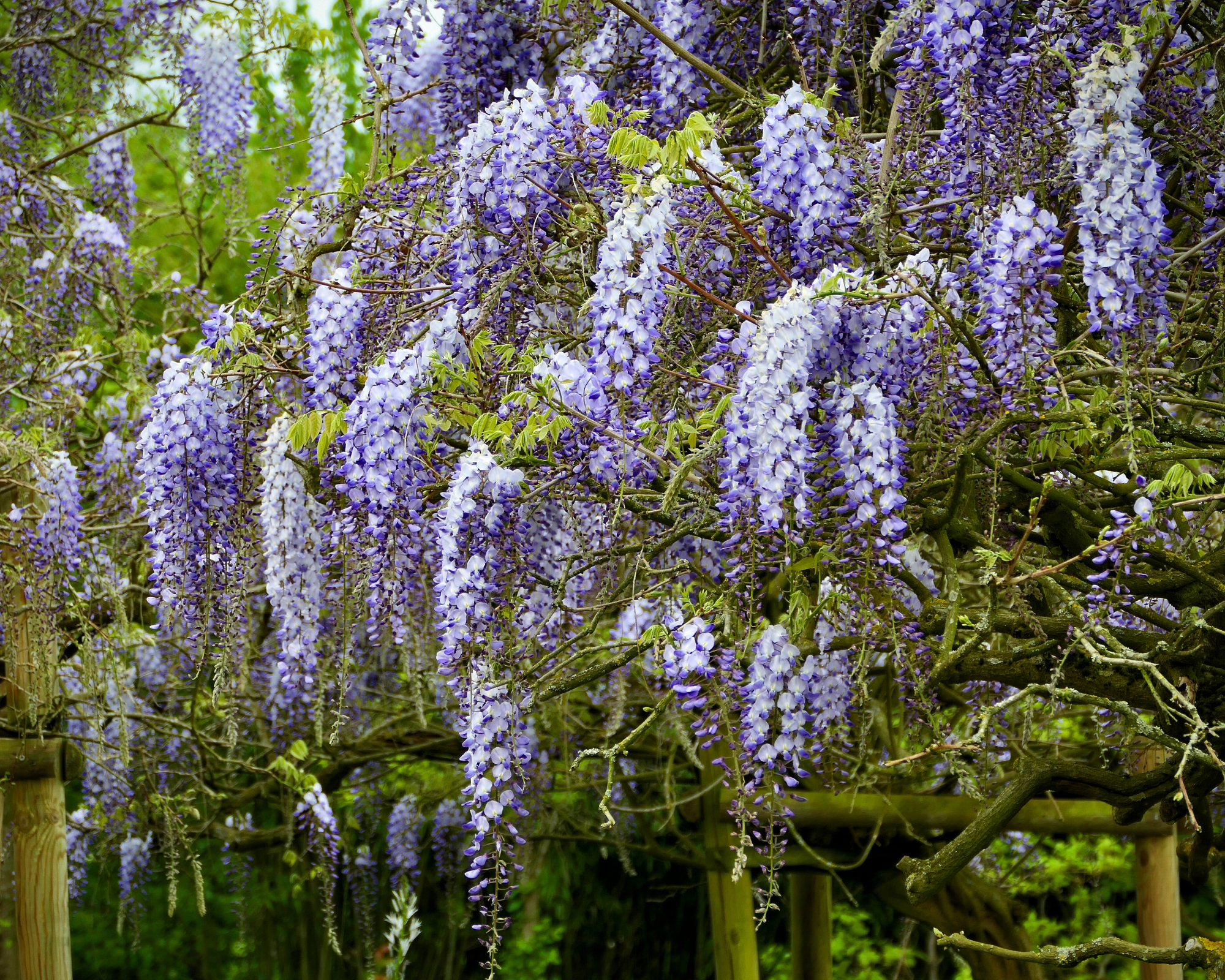
This vigorous climbing vine benefits from two prunes per year: once while still dormant in late winter or early spring and then again in late summer after flowering. Double pruning wisteria helps keep your vine healthy and a manageable size.
For summer pruning, focus on removing or cutting back suckers and new growth. Remove all suckers from around the roots. Then, find new growth and cut these vines back until they are only about six inches (15 cm) in length. You can also remove any shoots you feel are necessary to maintain the size and shape wisteria vine you want.
2. Bougainvillea

If you’re lucky enough to garden in a zone warm enough for this abundant flowering vine, consider lightly trimming bougainvillea in early or mid-August. You should do the heaviest pruning in late winter or early spring after flowering. Heavy summer pruning can negatively impact winter flowering.
On the other hand, a light summer trim can encourage more flowers. Start by deadheading any spent flowers. Remove any broken or dead branches. Look for branches that aren’t flowering and trim these back by about half to encourage more blooms. Remember, keep summer bougainvillea pruning light.
Sign up for the Gardening Know How newsletter today and receive a free copy of our e-book "How to Grow Delicious Tomatoes".
3. Oakleaf & Bigleaf Hydrangeas
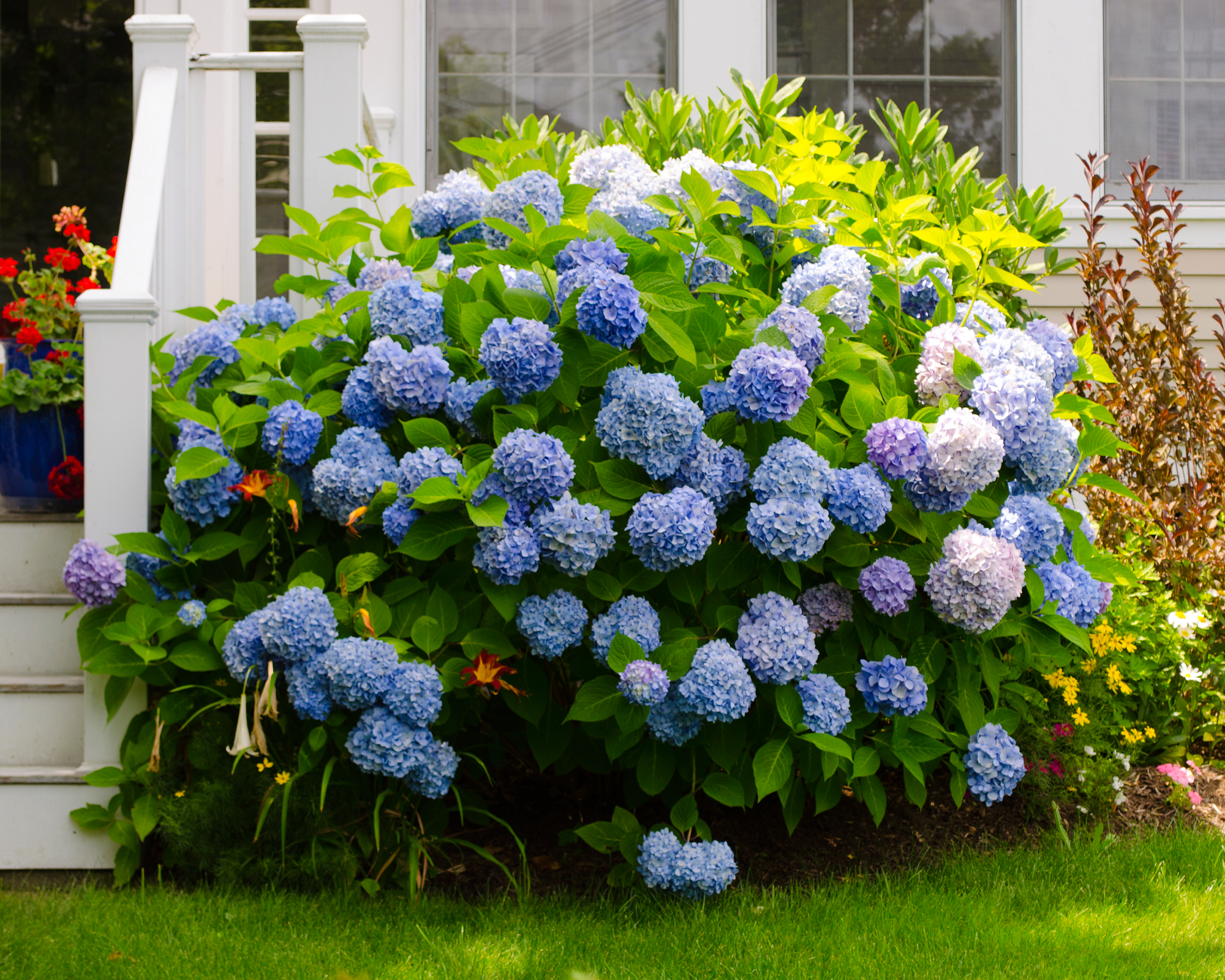
Different types of hydrangeas have different pruning needs. Oakleaf and bigleaf varieties, like mophead hydrangeas, bloom on old wood, which means the best time to prune hydrangeas is right after flowering. This will vary depending on your growing zone, but if your shrubs are done blooming in August, then they’ll be ready for a trim. If you live further north, pruning oakleaf hydrangeas might not be necessary until fall.
Cut spent flowering shoots from your oakleaf hydrangea or bigleaf variety back to the next bud and do any shaping or removal of dead or damaged branches now. For an older shrub that isn’t blooming as well as it used to, you can trim more heavily. Cut off about a third of the stems all the way down to the base. Remember, timing is important here. Don’t wait very long after flowering to prune or you risk having fewer flowers next year.
4. Rambling Rose
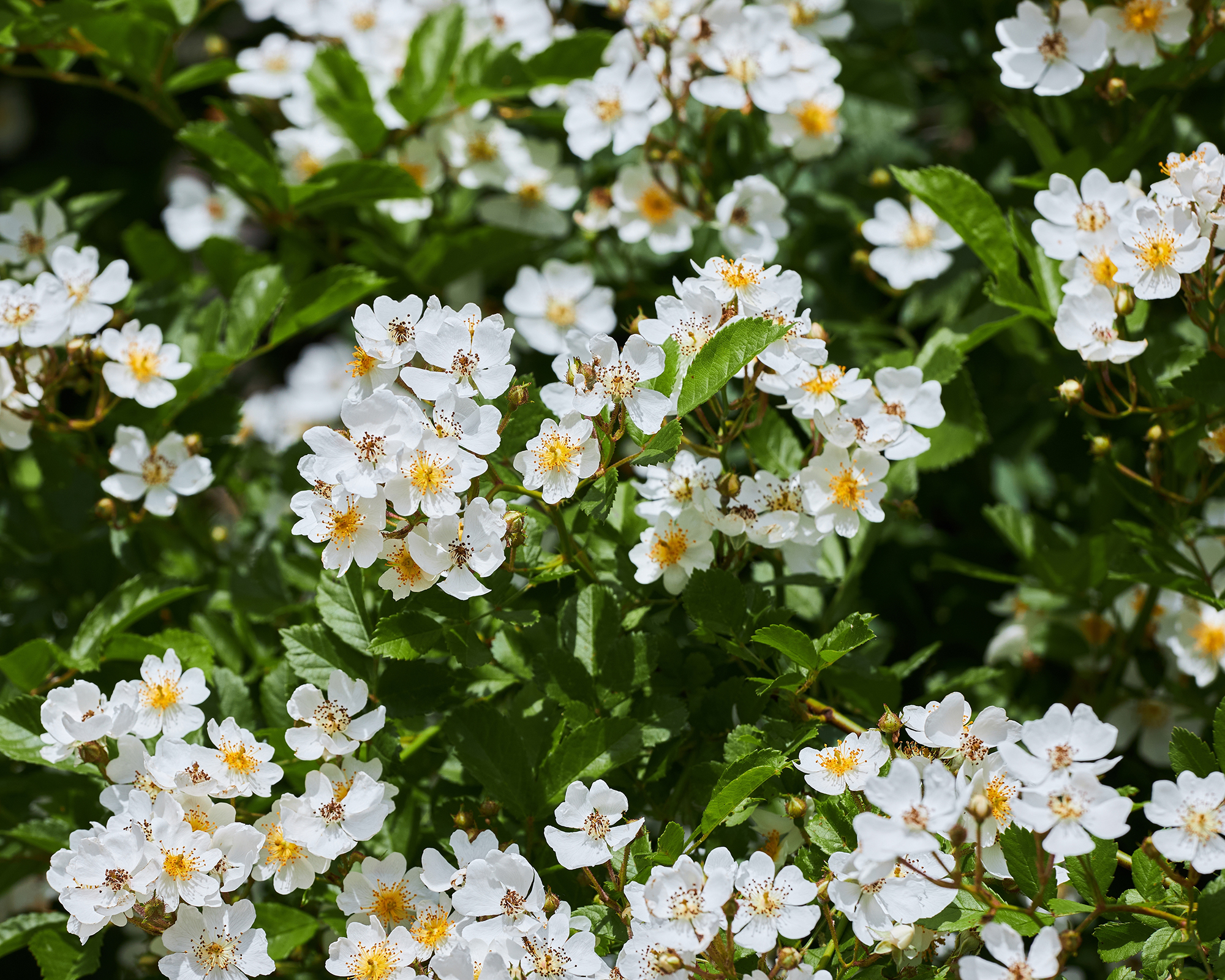
Unlike shrub and climbing roses, rambling roses will not repeat flower after blooming in summer. Once they’re done flowering, which for many gardeners is in August, then it’s time to prune your roses in summer as the season comes to an end.
Remove about one-third of the oldest stems. If the plant has become overgrown, prune out the stems that have already flowered and tie new growth in their places. Protect your hands while pruning thorny roses with garden gloves, like these best sellers from Amazon. While you’re there, pick up a pair of pruners from Amazon for all your trimming needs, too.
5. Shrub & Climbing Roses

Like many other plants, you shouldn’t heavily prune roses that are shrub or climbing varieties in late summer unless you live in a warm climate. In warmer zones, August is a good time to prune these types of roses that may rebloom. A trim now will help stimulate another flush of flowers before the end of the year. Trim back any dead canes and deadhead spent blooms.
If you grow shrub roses or climbing roses in a colder climate with fall frosts, do not prune this late in the year. Making cuts now will stimulate growth that will be damaged by frosts and freezes.
6. Bushes & Hedges

August is not the time for heavy trimming of most shrubs, but you can do a light trim to keep them healthy and shapely. Now’s the time for a quick haircut with a hedge trimmer, like one of these affordable options under $100 from Home Depot. This is also a good time to look for and trim out any damaged, diseased, or dead branches. You can also remove suckers when pruning shrubs in late summer.
If you have overgrown shrubs and want to trim them to reduce their size or density, do so carefully. Remove a few branches in dense areas of the shrub. Cut all the way back to the connection with another branch. Shorter cuts will stimulate new growth that can become damaged in cold fall temperatures.
7. Perennials
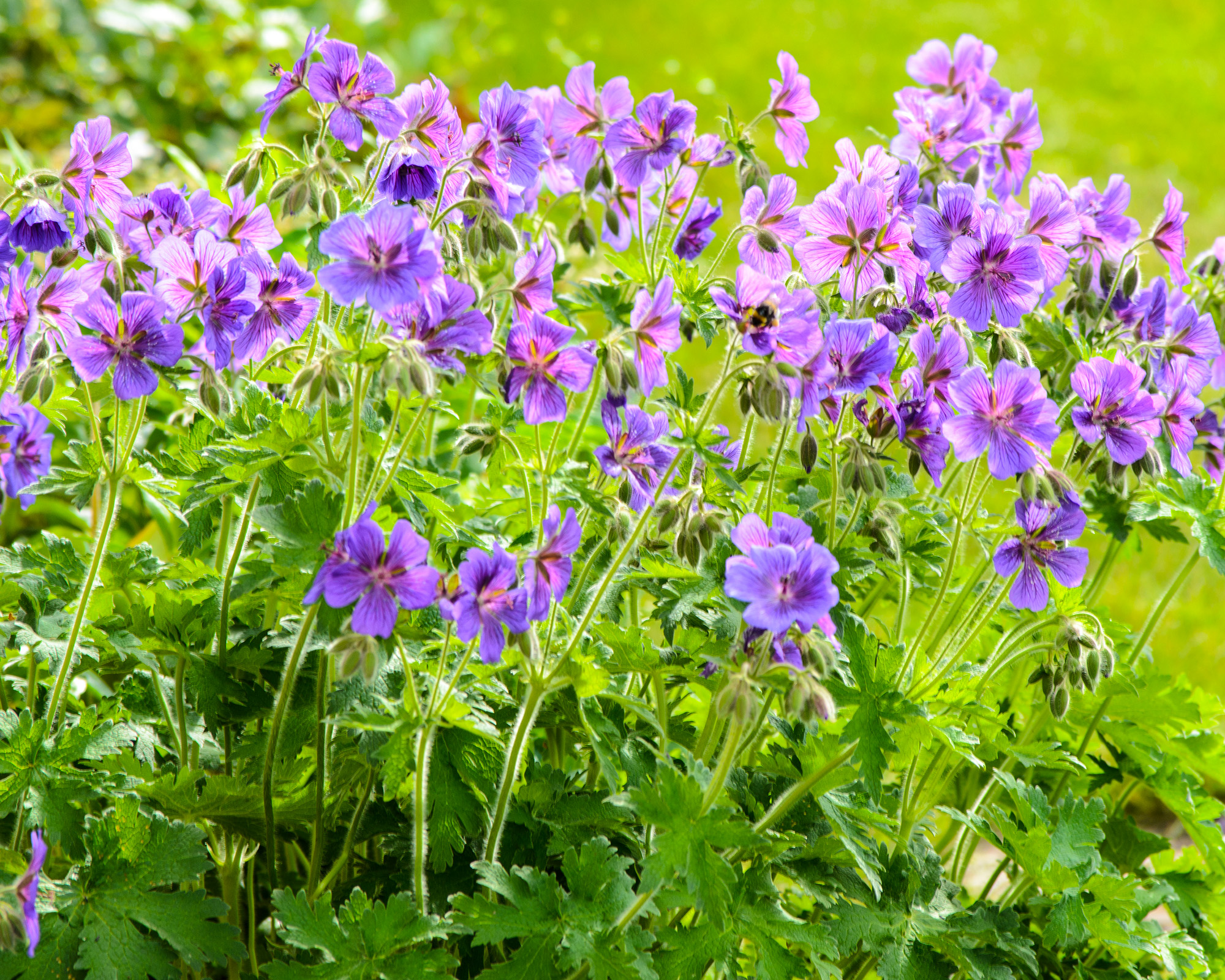
August is a good time to prune perennial plants as well. Cut back any perennials that are spent for the year all the way to the ground. That includes plants like hardy geranium, lady’s mantle, bearded iris, and bee balm.
There are other perennials you should cut back in August for a late flush of flowers. For example, trim coreopsis back by about a third or a half to encourage new growth and blooms. For more flowers on your salvia or garden phlox, trim spent flower stems back to a point where you see a bud. Other perennials you can trim back by a half or third for more flowers include yarrow, bellflower, asters, and lavender.

Mary Ellen Ellis has been gardening for over 20 years. With degrees in Chemistry and Biology, Mary Ellen's specialties are flowers, native plants, and herbs.